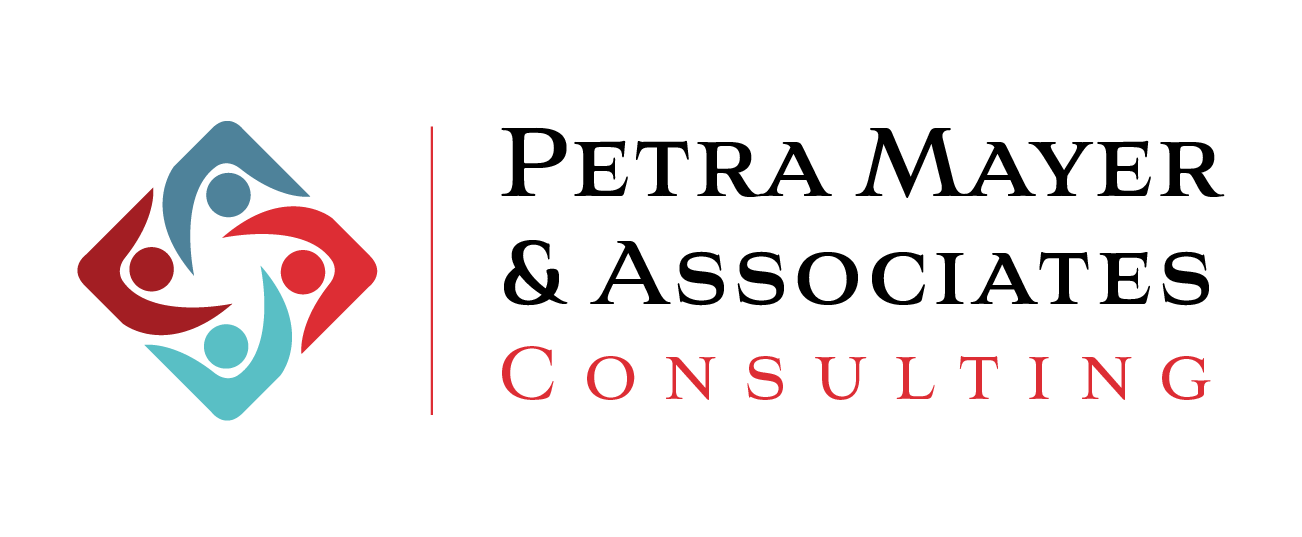Why Training Alone Fails
Many organizations believe that if they just provide training, employees will magically change their behaviours. But knowledge isn’t action. If employees don’t apply what they’ve learned, the effort (and money) is wasted.
After decades of running leadership programs, I’ve realized that real change requires more than training. Courses shouldn’t be standalone but rather part of a larger change strategy. Here are a few ideas on how to make training stick as part of driving change.
1. Define the Change You Want to See
What is the change you’re trying to bring into the organization that you believe training will solve? Training isn’t just about delivering information—it’s about shifting behaviours. When considering training, ask yourself:
- How is this training part of a larger change strategy?
- What specific behaviours need to change?
- How will you measure success?
Once you’re clear on what the training should be, be prepared for resistance and ensure you get the most out of your training dollars.
2. Address Resistance to Change
One of the first things organizations will face in any change is resistance. When change happens, people can feel threatened even if the change is positive.
I remember a time when I led a multi-million dollar change management project for a client that was going through the largest IT transformation in the company’s 75-year history. The change was complex and required large teams – from the organization as well as multiple suppliers providing the tech change.
What I observed was that if change isn’t done well, staff aren’t as motivated to learn the system, so it’s critical that training is part of a successful change management process. Doing training as a standalone solution can cost your company in immeasurable ways.
Even the best training won’t work if employees don’t buy in. If they see it as a corporate fad or don’t fully understand the reason for the training or the change you’re trying to implement, they’ll revert to old habits shortly after the training is completed. It will simply be a checkmark on their list of things they have to do.
Before training happens, be clear on the change you’re trying to create. Clearly communicate why the training matters—before, during, and after in the context of the larger change effort. Use real stories to show the importance and impact of the training. Make it personal. Make it matter!
3. Post-Training Reinforcement
Research shows that people forget a significant amount of what they learn within 24 hours unless they apply it immediately. Ouch. Training should never be a one-and-done event. Learning must be active, not passive. An excellent way to make learning active is by having staff apply the learning immediately or have them teach someone else what they’ve learned.
Consider providing stretch assignments to learners or have them provide a summary of what they’ve learned to the team/organization.
4. Create Powerful Learning Opportunities
Learning doesn’t stop when the training ends. You can continue the learning by incorporating the following:
- Create Communities of Practice (CoPs) for peer learning at the end of the course. CoPs can meet throughout the year to apply and share their learning with one another.
- Have learners identify Accountability Partners to reinforce new skills and support each other in their commitments to apply certain behaviours or achieve certain goals.
- Follow-up with Coaching: Studies show that coaching combined with training drives the highest retention and application rates. Individual coaching helps learners create more accountability to embed new skills within their context in a timely way. Group coaching allows teams to learn together, troubleshoot challenges, and reinforce habits.
In case you’re thinking that your leaders do not have time for any of the above, remember that your organization is a system. Using training to drive change can positively impact other parts of the company. For example, the bonus in developing CoPs is that participants develop relationships with employees in other parts of the organization. This organic approach to relationship building can lead to increased communication, trust and collaboration across departments, resulting in reduced silos.
5. Leadership Must Be Transparent and Role Model the Change
A company once trained employees on time management. But when employees returned, managers were still sending late-night emails and expecting instant replies.
Guess what happened? Employees ignored the training and followed their managers’ lead.
Leaders should model the behaviours they expect. If you don’t walk the talk, neither will your team. If you have concerns of your own, be transparent, and let employees know what you’re thinking and feeling. Transparency, while vulnerable, can make a big difference in how successful your change is and can impact how much staff will embrace the change and the training that goes with it.
Final Thought: Training Is One of Many Change Drivers
When driving change in your organization, training should be one of many change drivers. Using a multi-pronged approach to drive change will lead to better results.
Real change begins with a clear vision of what you want to achieve, an understanding of how training supports that vision and a strategy to maximize its impact through reinforcement, leadership modelling, and accountability with measurable success metrics.
The real question isn’t “What training should we offer?” It’s “How will we ensure this training creates lasting change in the context of the organization’s vision?”
Answer that, and you’ll turn training from a forgotten event into a powerful driver for transformation.
About The Author
 Monica Chang is the Founder of Start with Clarity Consulting, helping executives and senior leaders overcome stress, team tensions, and disengagement to drive performance and innovation. With 25+ years in leadership and organizational development, she combines executive coaching, mental fitness, and consulting to reshape mindsets and build sustainable high-performance habits.
Monica Chang is the Founder of Start with Clarity Consulting, helping executives and senior leaders overcome stress, team tensions, and disengagement to drive performance and innovation. With 25+ years in leadership and organizational development, she combines executive coaching, mental fitness, and consulting to reshape mindsets and build sustainable high-performance habits.
A Certified Executive Coach and Professional Certified Coach (ICF), Monica has coached leaders at all levels, including the C-suite. Her expertise spans Gestalt Leadership, Positive Intelligence, and certifications in Myers Briggs, Strength Deployment Inventory, Prosci Change Management, and Organizational Transitions. She takes a holistic approach, recognizing that leadership challenges impact both work and personal life – helping clients master their leadership while transforming their lives.

